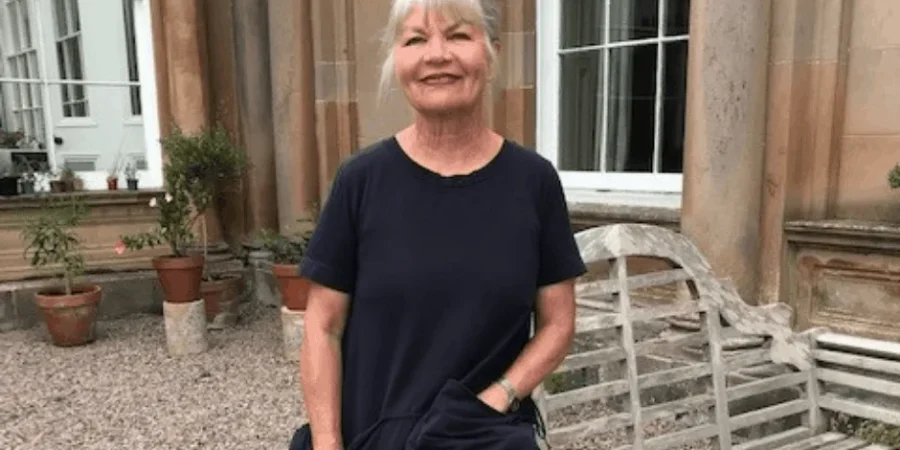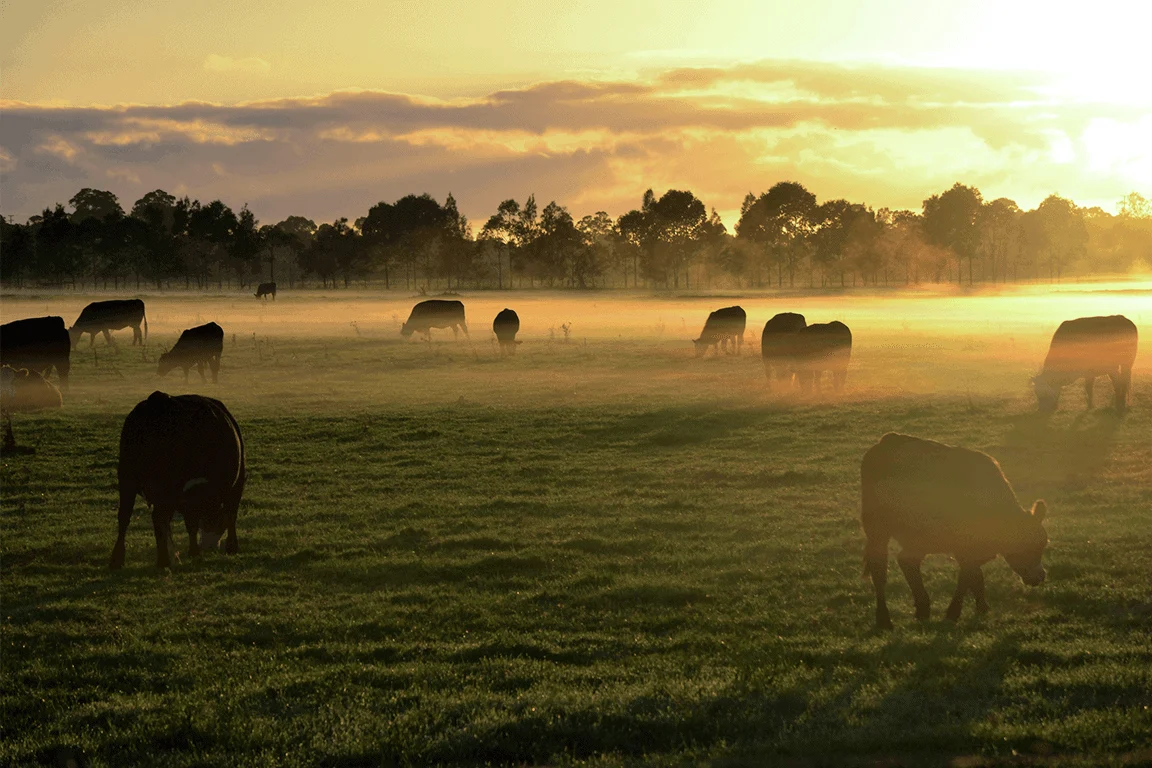As a food historian and grower, Lady Dunleath knows her onions and believes we were all better off a century ago when we grew our own fruit and veg in rural areas, and when the local greengrocer supplied the homes of town and city with the best seasonal produce available.
According to recent news reports, vegetables will be rotting in the ground due to lack of labour for harvesting. Only the premium crop will be harvested by producers, as they go to the catering trade, which pay more than supermarkets.
How did we get to this point? Fruits and vegetables are the most important part of our diet for vitamins, minerals and fibre. Surely in this age where every smart restaurant is looking for organic, seasonal and regional produce, we the consumer can expect the same in the supermarket?
As we celebrate the centenary of the Ministry of Agriculture (now known as the Department of the Environment and Rural Affairs) whose job it is to help farmers grow the food we eat, I feel we need to look back in order to move forward.
Something vital has been lost in the way we live and eat somewhere between 1921 and 2021.
How did our ancestors survive?
As a food historian I always look to what our ancestors did to survive. We are not talking ancient history here – only 100 years ago greengrocers would supply ‘housewives of town and city’.
Rural housewives would probably have grown their own and perhaps been part of the labour force that harvested these vegetables when they were ready to be delivered to urban greengrocers. Vegetables were, or certainly should be the backbone of everybody’s diet.
Just after the end of WWI prices dropped presumably because the forces no longer had to have the bulk of what was produced to feed the soldiers, every farmer had a guaranteed income. However things changed in the post-war era.
A hundred years ago many people in towns and cities would have a little vegetable patch behind the ornamental part of the garden.
As distribution from vegetable growers became motorised, the logistics of getting your harvest to town was easier. Most farm labourers would have their own vegetable plot, but they also had the key knowledge of how to keep the harvest safe all through winter. Now we rely on supermarkets to mist, chill and gas our veg into staying alive.
Years ago, you would construct a clamp where you could keep your root vegetables dry and aired all winter. Inevitably the vegetables would slowly lose their vitamin content, but that is also true of supermarket vegetables today.
In those days gone by, more exotic citrus fruit and bananas were obviously imported, and my guess is that only the wealthier section of society could afford those luxuries. This system continued for most till the 1960’s.

Living by the seasons
Nowadays fruit is quite an expensive luxury! Even the humble apple. In the not-too-distant past orchards would have had a variety of trees whose fruit would become ripe in succession.
Early summer apples were ready in June and from then on came varieties for cooking and keeping apples that would by the following Spring, be wrinkled old things with few vitamins left, but perfect for a winter apple pie.
Everything in NI in 1921 was grown organically as no artificial fertilisers, pesticides and anti-fungicides had been invented.
Companion planting and Bordeaux powder were more or less what was available. The ‘housewife’ would live by the seasons, there was no choice, as refrigeration and freezing technologies were in their infancy. We were getting very good at canning, but we have moved on from that because the high temperatures that vegetables were cooked at left them nutritionally depleted.

How to cook – 1921 style
When vitamins were eventually – in 1921 – identified by an international group of scientists, both propaganda and “articles” in ladies’ magazines would urge women to learn new ways of cooking vegetables in order to keep the vitamins. They were encouraged to keep the water the veggies were cooked in for bread making.
There is a lot of vitamin C in the cooking water, and it is an old trick of bakers when baking yeast bread to add a little ascorbic acid – synthetic vitamin C but just as good – to give a better prove.
There you have it, 100 years ago we knew how to grow and keep our vegetables and fruit all winter. How will we now find a more sustainable way of doing that?
With the guidance of the Department of Agriculture, Environment and Rural Affairs, and environmental organisations, a conversation needs to be had about how serious we are as consumers about sustainability and climate change. There is no better time than now for MyNI to be starting that conversation.
Lady Dunleath, known to friends as Vibse lives at Ballywalter Park on the Ards Peninsula. The estate comprises over 1200 acres and includes a walled kitchen garden.



